“Honor your German masters…”
Die Meistersinger von Nürnberg, Act III, scene v.
It’s quite late but I’ll dash out a bit about Wednesday.
Left a drizzly Munich in hopes of a quick lunch in Nürnberg (Nuremberg) before finishing the ride up to Bayreuth. It was good fun to have seen a Roman wall yesterday before Agrippina, so why not try for the home of Meistersinger shoemaker hero Hans Sachs and the site of the action of the opera? Alas, lunch became coffee on Hans Sachs Platz – not enough time for a meal. In a hilariously ironic stroke of fate, the Hans Sachs statue was surrounded by construction and adjacent to a porta-potty. In what I saw of tonight’s performance, it’s brilliant juxtaposition.
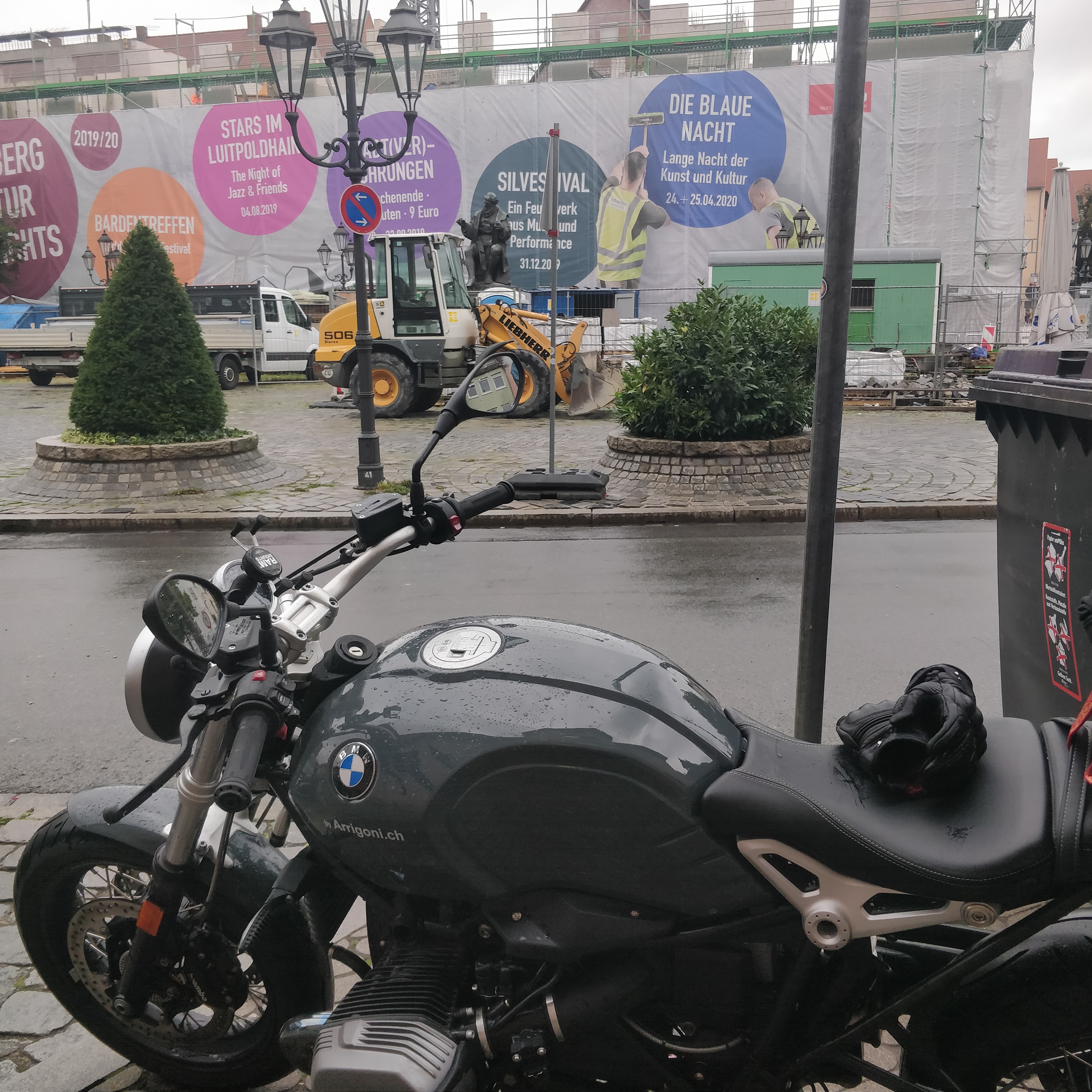
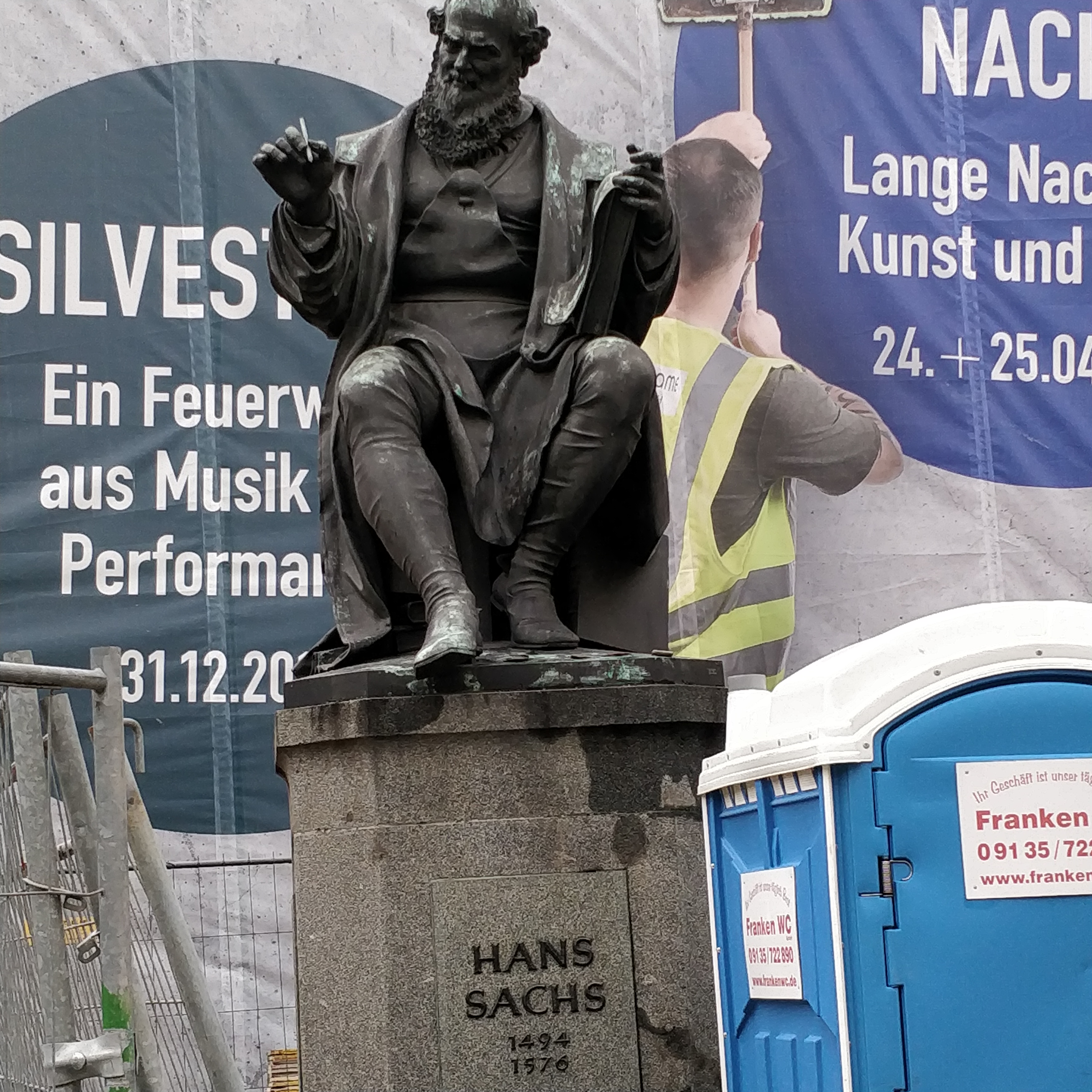
So… Bayreuther Festspiele. What do I say? It’s an eight-year waiting list. You show your passport to the ushers to verify your ticket (if you try to resell your ticket, you are banned for life.) People go absolutely over-the-top attending here. 50% + black tie.
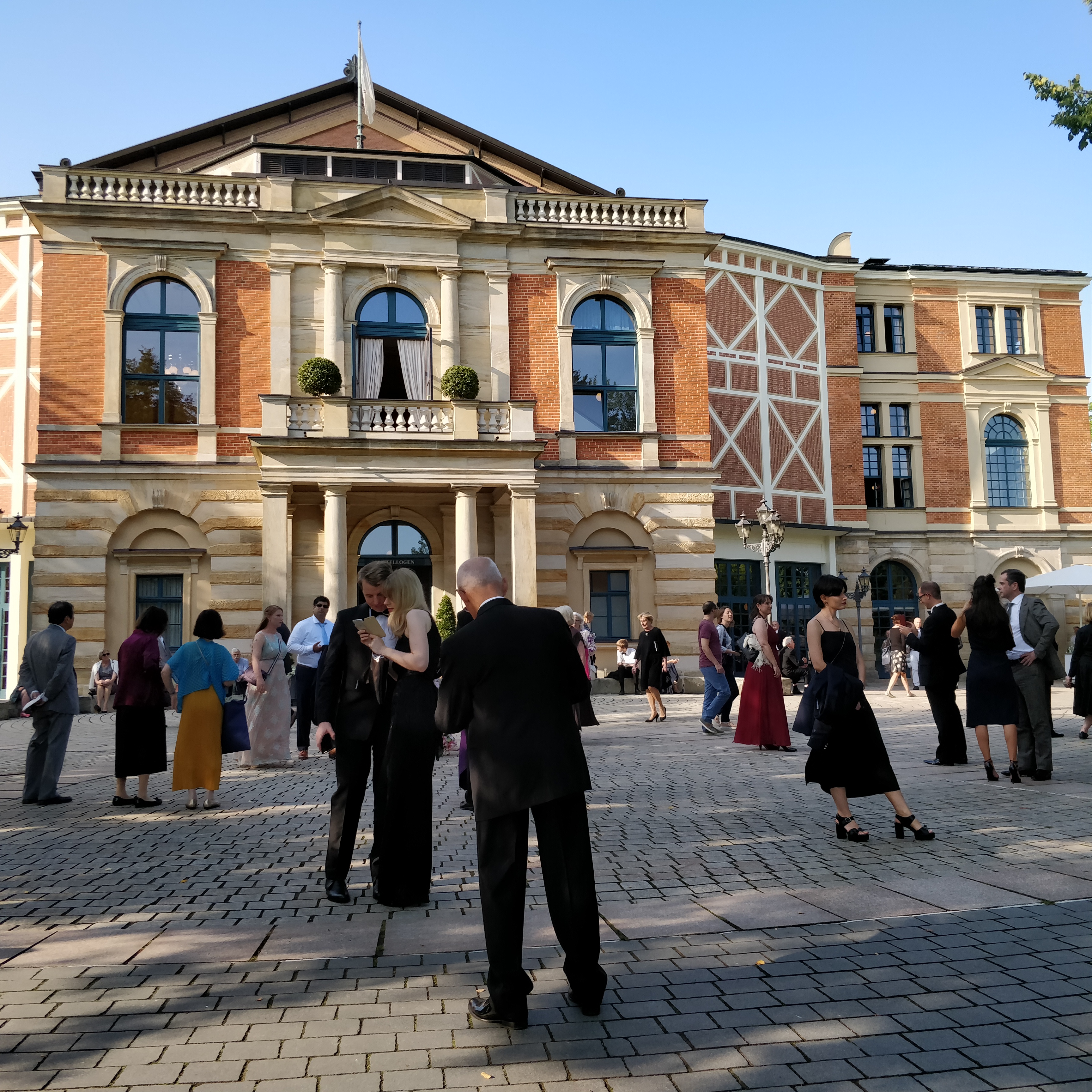
The balcony in the above photo is where a brass fanfare calls attendees to enter the venue before each performance. I’ll try to get a video tomorrow.
The venue: no aisles, no sideways seating, Wagner curtain, no surtitles, what are often described as punitive seats:
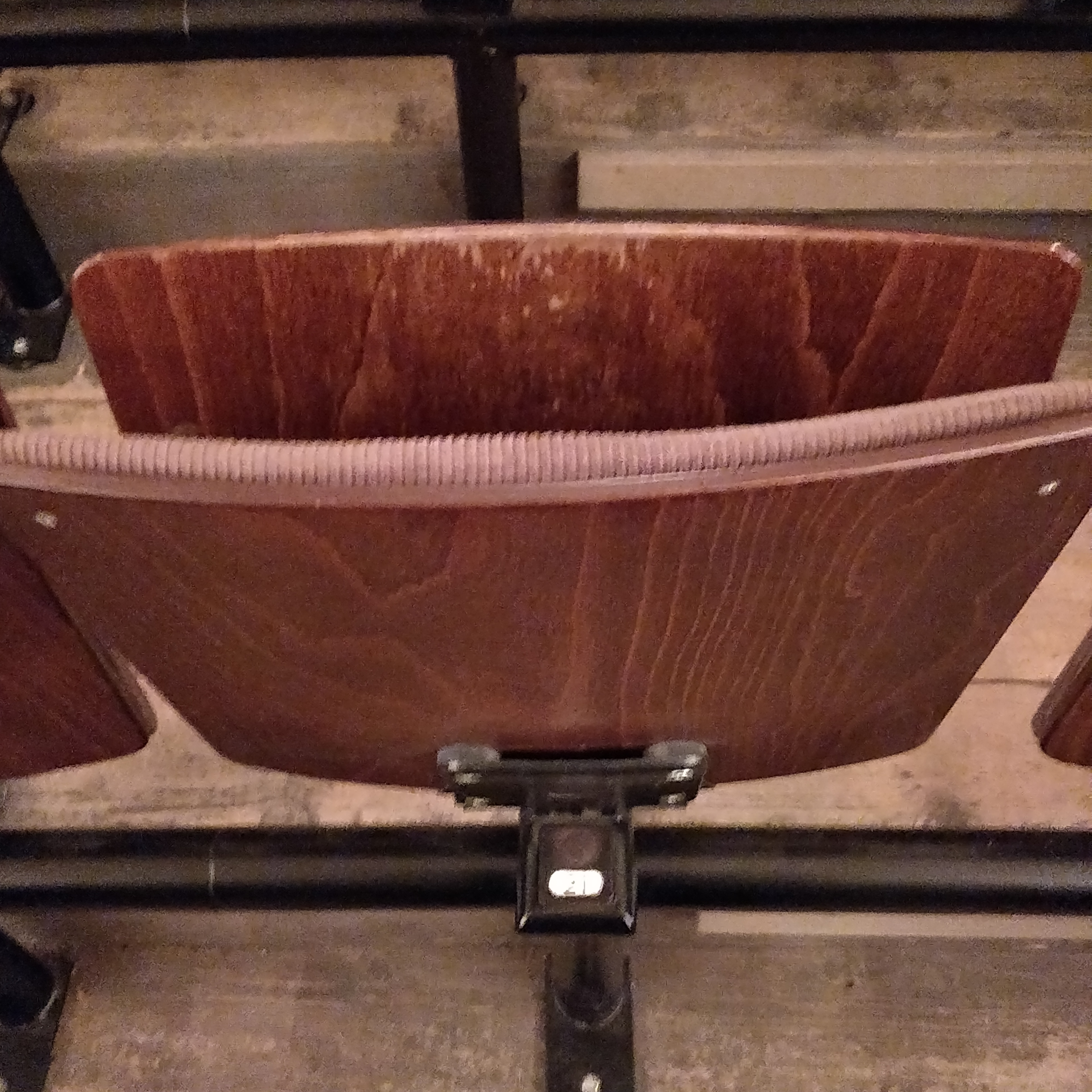
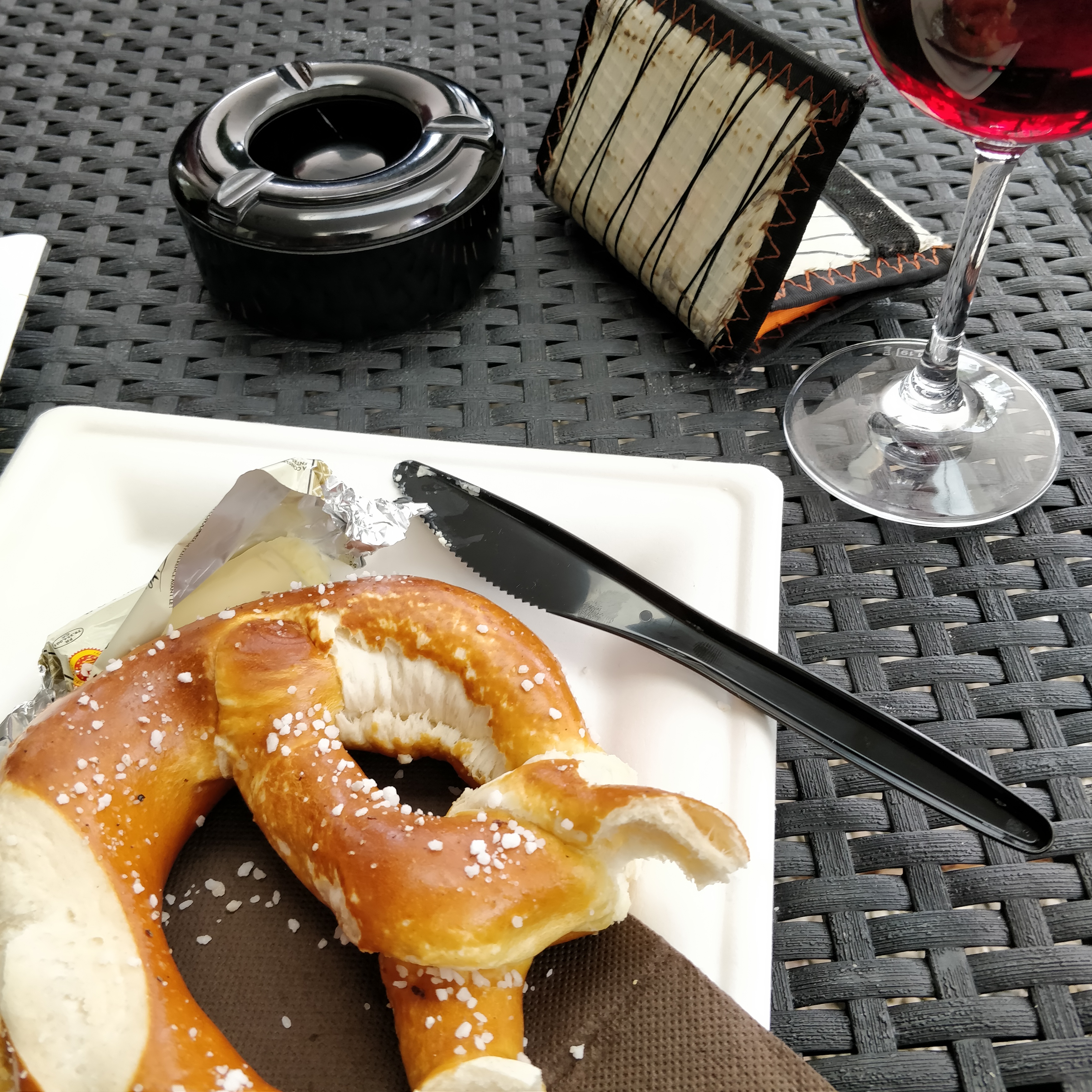
Anyway, the performance. It’s the Barrie Kosky from a couple of years ago. It’s probably quite brilliant – I do need to mull a bit. In extra-brief: boy (Walter) meets girl (Eva) and in order to win her, needs to win a singing competition judged by an ossified, rule-choked group of bourgeoisie hobbyists: Die Meistersinger (the master singers). Rival nitpicker Beckmesser, magnanimous advocate cobbler Hans Sachs. Boy innovates but wins the hearts of the judges. Everything works out in the end, by which I mean a choral ode to the vital purity of German art. This work is problematic to say the least – and has been employed in very unsavory political ends.
Vocals near flawless. Michael Volle who just finished Wotan at the Met’s Ring, inhabited Sachs so well. I’m an easy win for Groissböck (Pogner), Eva a bit strained, and Klaus Florian Voigt the earnest Teutonic lover we all don’t really want to need, but we get anyway.
Kosky’s production starts it in Wagner’s salon, and seamlessly transforms into the 16th century. Wagner excitedly tries on a new pair of shoes, fusses over scores w Liszt, little Wagners come climbing out of the piano. Cute stuff. Cosima becomes Eva, Liszt becomes Pogner (Eva’s father), (Jewish) conductor Hermann Levi becomes Beckmesser – eep! Wagner is portrayed by different characters at different stages, but often Sachs.
Act I ends with the salon walls withdrawing to reveal… 1945, Nuremberg Palace of Justice. It’s the war crimes trials. Blackout, curtain. Go check out the bratwurst tent, folks.
Acts II and III use largely the same set: all our 16th century friends are stalking around the courtroom. Hans Sachs’ paternal levelheadedness gives way, has a street (courtroom) brawl with Beckmesser, a full-on mindless riot erupts and Beckmesser is donned with a giant papier-mâché mask of a Nazi propaganda-styled Jewish villain. Oof. A hot-air-balloon sized head inflates next to him for the nightwatchman’s call that closes the act.
I won’t belabor the directing points, Act III ends with Sachs/Wagner conducting his orchestra and chorus (i.e., the stage choristers are dressed as instrumentalists and concert singers).

So, these figures continue through time, through W’s mind and the use of ideas, reprehensible and otherwise, his own and others’. Framing it within the Nuremberg trials at least tries to confront the past – certainly better than the Met’s (typical) fairytale Otto Schenk production where we all enjoy a good comedy and then just shift uncomfortably in our cushy seats at Act III.v.
Lots to mull on this one; I’m grateful.